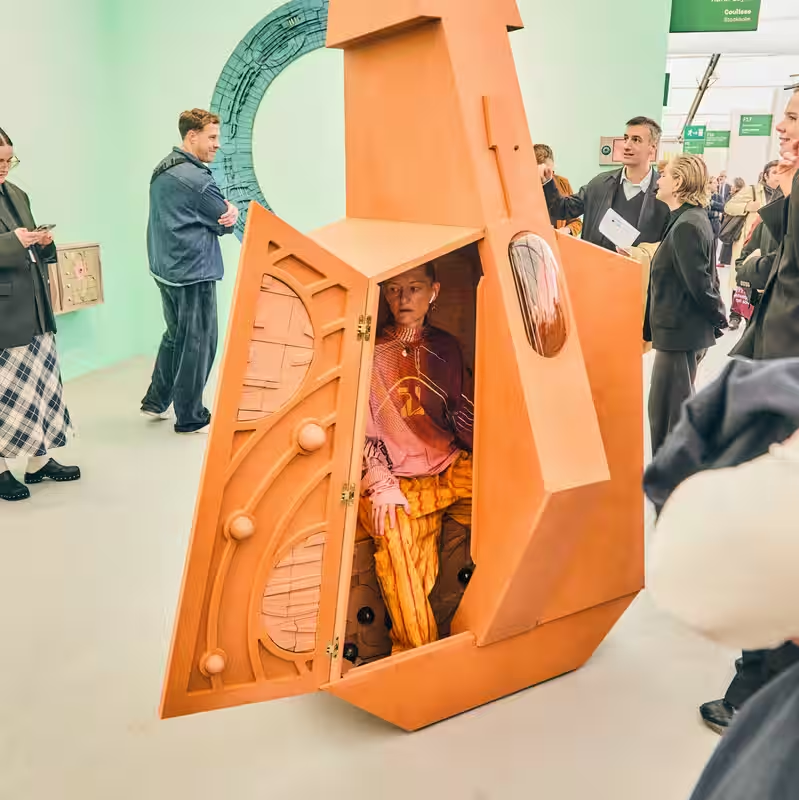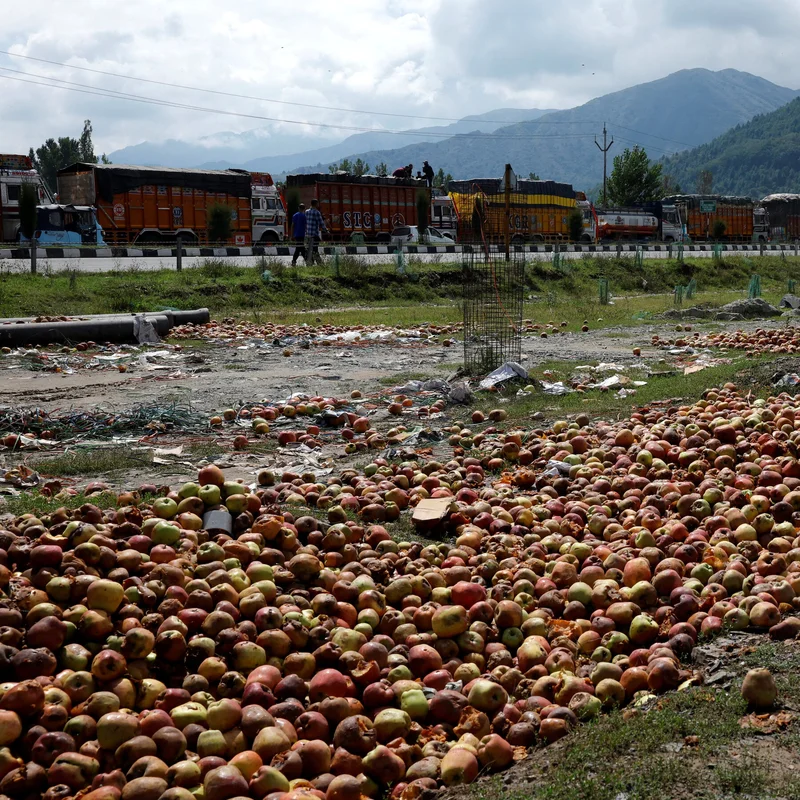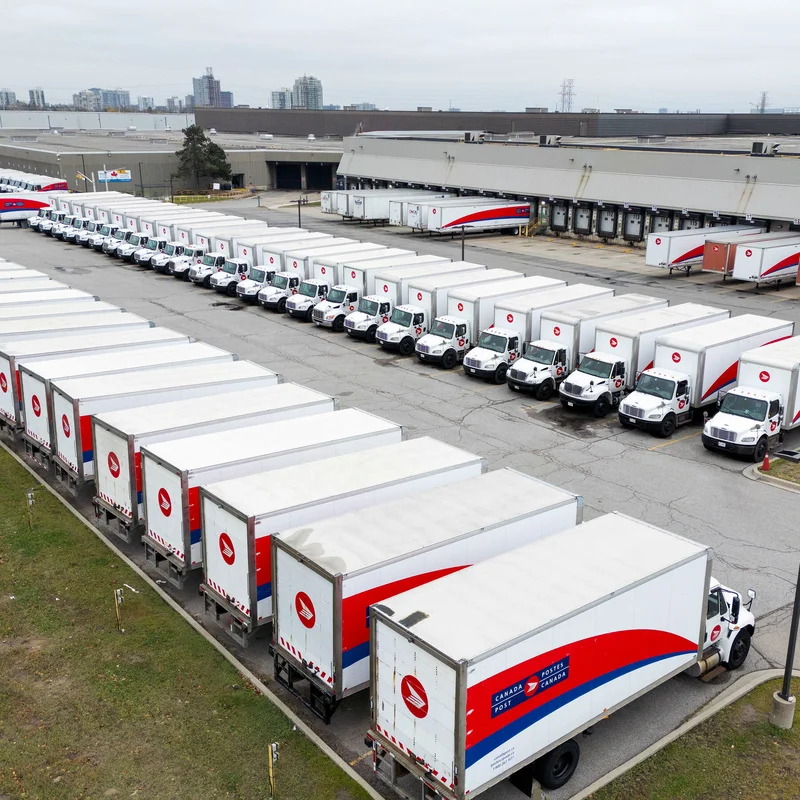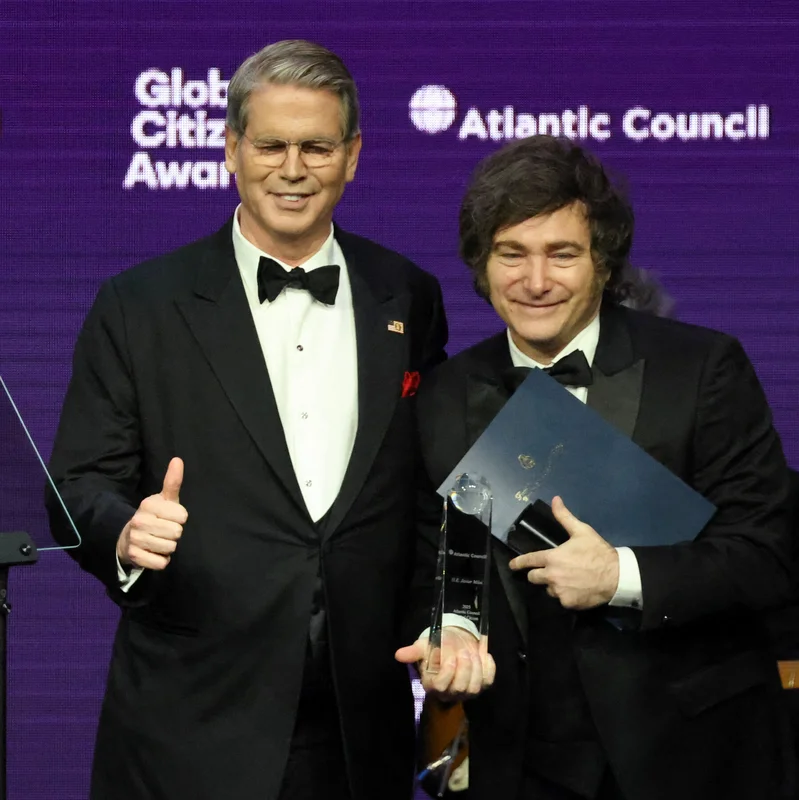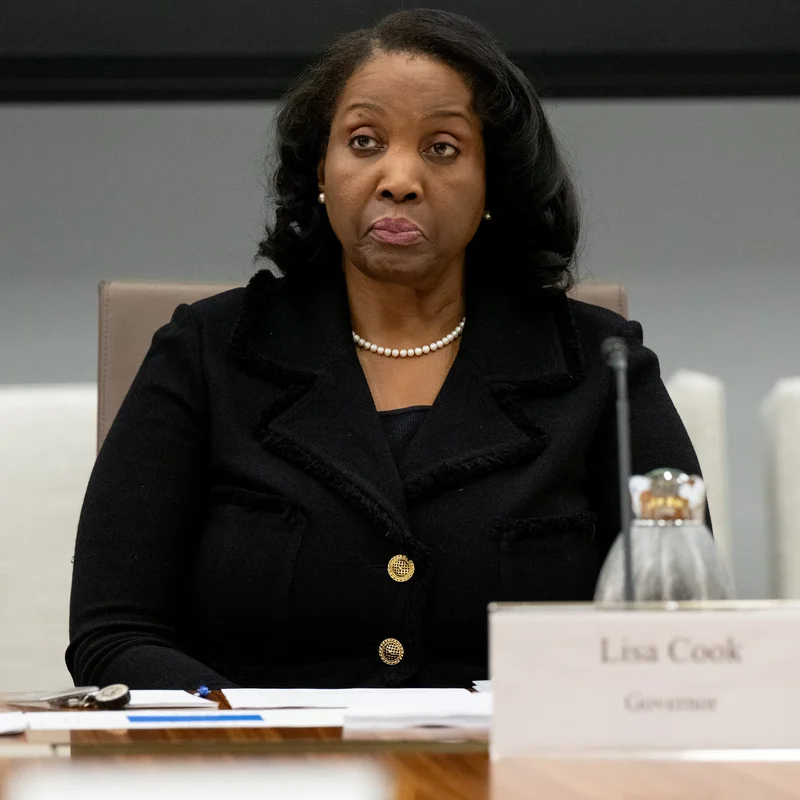London’s Art Market Paradox: Blue-Chip Blues vs. Young Artist Boom
London’s art world is living a double life. On one hand, the city’s economic slowdown has hit the high-end market hard, with blue-chip gallery sales plummeting. On the other, a vibrant, energetic scene of young artists and emerging dealers is thriving, creating a fascinating and very British contradiction that defines the 2025 art landscape.
The Blue-Chip Blues
Britain’s recent economic headwinds are impossible to ignore in the art market. According to the 2025 Art Basel & UBS Art Market Report, global art sales fell by a significant 12% in 2024, a trend acutely felt in the UK . This downturn has directly impacted established galleries, with major players like Hauser & Wirth reporting a notable drop in UK profits . The traditional model of selling multi-million-dollar masterpieces to a select few ultra-wealthy collectors is facing a moment of reckoning.
The Young Artist Boom
Yet, step away from the grand booths of the mega-galleries at Frieze London and you’ll find an entirely different story. The mood among a new generation of creators and dealers is not just optimistic—it’s electric. Frieze’s own “Focus” section, dedicated to young galleries and emerging artists, has gathered an “extraordinary cohort of talents” for its 2025 edition . This energy isn’t confined to the fair; it’s spilling out into neighborhoods across the capital, with multiple new commercial galleries opening their doors since the pandemic, creating a grassroots network of creative hubs .
Why the Disconnect?
This paradox can be explained by a fundamental shift in the market’s dynamics. While the top end of the market has slowed, there’s a surge of activity at the lower and mid-levels. A new generation of collectors is entering the scene, and they are “less interested in connoisseurship alone and more in sustaining a wider cultural ecosystem” . They are looking for fresh voices, new perspectives, and a sense of community—things that young, agile galleries are perfectly positioned to offer.
Frieze London 2025: A Microcosm of the Market
The Frieze art fairs, running from October 15-19 in Regent’s Park, serve as the perfect lens through which to view this duality . The main fair continues to host its blue-chip stalwarts, but its strategic emphasis has shifted. Organizers are actively working to increase the fair’s attractiveness by spotlighting underrepresented regions like West Africa and Brazil, and by putting young galleries at the forefront . This year’s highlights include ambitious solo projects from a diverse mix of established names like Do Ho Suh and rising stars like Ebun Sodipo .
Table: London’s Art Market in 2025 – A Tale of Two Cities
| Market Segment | Status | Key Drivers |
|---|---|---|
| Blue-Chip Galleries | Down | Economic slowdown, global market decline (-12%) |
| Young & Emerging Artists | Upbeat & Thriving | New collector base, community focus, institutional support [[18], [19]] |
This strategic pivot by major institutions like Frieze is a clear signal that the future of London’s art scene lies in its ability to nurture and platform its next generation. The city’s cultural leadership on the global stage is being reaffirmed not just through its historical collections, but through its commitment to what’s next .
